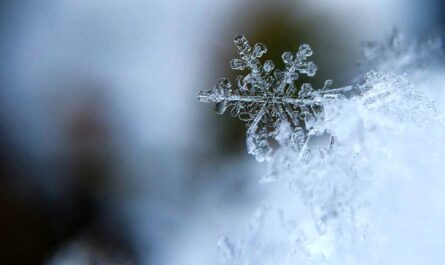Turkish Ottoman Empire Interesting, Fun, Cool Facts
The zenith of Ottoman supremacy materialized with the epochal conquest of Constantinople in 1453, orchestrated by the formidable Mehmed the Conqueror. This event not only signified the fall of Constantinople but also marked the decisive end of the once-mighty Byzantine Empire. Mehmed’s strategic brilliance and the Ottoman military’s indomitable spirit shattered the walls of Constantinople, opening a new chapter in history and solidifying the Ottomans as a force to be reckoned with.
13. Osman’s Great-Grandson’s Ambitious Endeavor
In the grand tapestry of history, Osman’s great-grandson embarked on a formidable quest to construct the illustrious Ottoman Empire. A venture marked by territorial expansion and imperial glory, the nascent empire found itself on the precipice of greatness. However, the looming shadow of adversity emerged when the Mongol king Tamerlane captured the ambitious leader, temporarily halting the Ottoman conquest. The subsequent civil warfare threatened to dismantle the nascent empire, yet, instead of succumbing to urgency, the Ottomans exhibited resilience. They stepped back, introspected on their tribulations, and hatched a strategic plan to rekindle their imperial aspirations, forging a larger and sturdier dominion.
14. Ottoman Military’s Ebb and Flow
During a prolonged era of tranquility from 1740 to 1768, the Ottoman military apparatus found itself lagging behind its European counterparts, notably the Habsburg and Russian empires. This deficiency in military prowess exposed the Ottomans to severe defeats in the late 18th and early 19th centuries. Rather than succumbing to despair, this string of setbacks catalyzed a pivotal moment in Ottoman history. In response, the Ottomans initiated a comprehensive process of reform and modernization known as the Tanzimat. Consequently, throughout the 19th century, the Ottoman state underwent a profound transformation, emerging as a more potent and organized entity despite facing territorial losses, especially in the Balkans, where numerous new states sprouted.
18. Turbulence in Succession: Fratricide in the Ottoman Empire
In the intricate dance of power within the Ottoman Empire, moments of instability materialized through the intricate rites of succession. The exclusive eligibility of the sultan’s sons to ascend the throne fueled intense power struggles over the years. This contentious environment birthed the dark specter of fratricide, a recurring theme in the dynastic tapestry of the Ottoman Empire. The empire’s history thus bears witness to the complex interplay of familial bonds and ruthless ambition as the Ottoman rulers navigated the perilous path of succession, shaping the destiny of an empire at the crossroads of history.
/GettyImages-624913026-5b16b8683418c600370c85c9.jpg)
Other recommended Reading
- 100 Top Interesting, Evergreen Facts about Nepal
- Largest Banks in the World – Big Banks with Reputation
- Top 100 Medical Colleges in the World
- The List of World Top 100 Universities 2021
- 40 Interesting Facts about Beautiful Pokhara, Nepal
- List of Current United States Senators of the Congress
- The States in Alphabetical Order – Names of States in the USA
- 60 Interesting Facts About Morocco for Beginners
- 100 Top Interesting Facts About South Korea for Beginners
More Interesting Articles
- 100 Cool Facts about Japan for Curious Learners
- 100 Interesting Facts About China to Know About
- 100 Venice, Italy Facts – Fun Facts about Venice
- 100 Top Interesting, Evergreen Facts about Nepal
- Largest Banks in the World – Big Banks with Reputation
- Top 100 Medical Colleges in the World
- The List of World Top 100 Universities
- 40 Interesting Facts about Beautiful Pokhara, Nepal
- List of Current United States Senators of the Congress
- The States in Alphabetical Order – Names of States in the USA
- 60 Interesting Facts About Morocco for Beginners
- 100 Top Interesting Facts About South Korea for Beginners
- 50 Interesting Cape Town South Africa Facts
- 30 Amazing Tokyo Tower Fun Facts for Learners
- 60 Fun Facts about Barcelona for Curious Minds
- 100 Interesting Facts About Rome for Avid Learners
- 100 Top Interesting Facts about Ghana for Everyone
- 20 Interesting Facts About Bandung, Indonesia
- 23 Interesting Facts About Nagoya Japan
- 18 Facts About National Palace Museum, Taiwan



